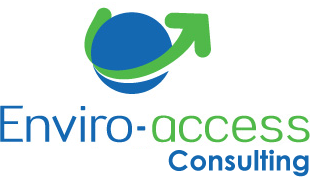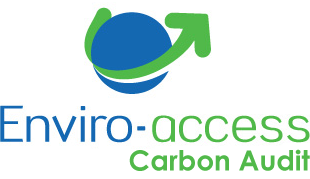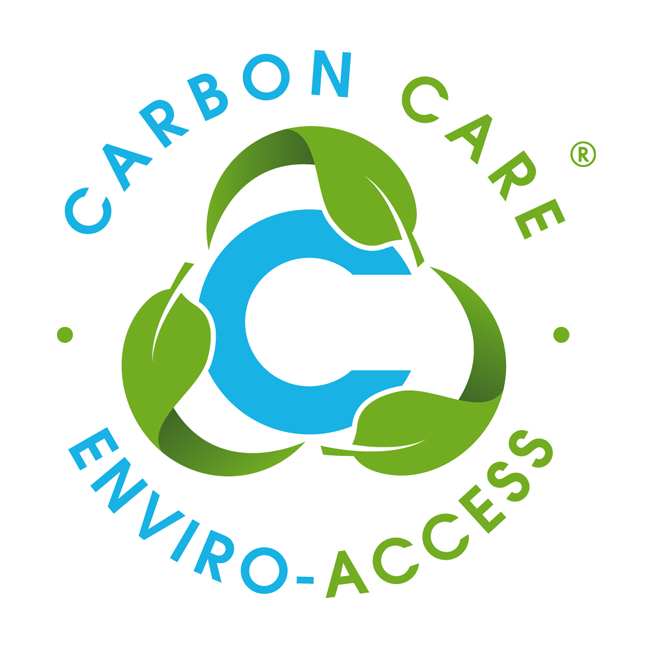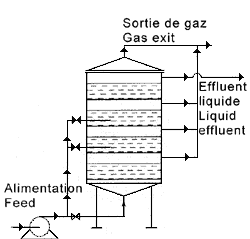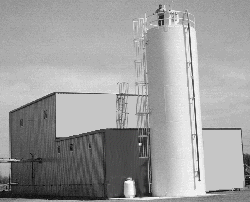Description of the technology
Multiplate Reactor technology, developed by SNC Research Corporation, a subsidiary of the SNC-Lavalin Group, is used to treat industrial effluents with high concentrations of organic matter, typically wastewaters from chemical and agro-industries, and paper-mills.
The organic matter is partly converted to methane through an anaerobic biological process. Gas emissions are collected at the reactor outlet, to be burned or to provide energy to the industry.
The reactor is vertical, with water pumped from the bottom to the top. It contains plates at three levels connected in such a way as to permit the upward flow of liquids and some of the gases, while preventing bacteria from falling to the base of the reactor. The plates serve to distribute the load and allow gases to be produced over several sludge beds. Turbulence which would otherwise cause movement of the biomass toward the reactor outlet is minimized.
Another advantage of Multiplate Reactor technology is its compactness: 60 m2 of floor space will house a system with a daily capacity of 500 kg of chemical oxygen demand (COD). Alternating treatment of different types of effluent is also possible with this equipment.
Performance
The Multiplate Reactor has been tested on effluent from a cheese factory, at scales of 1200L and 450,000L. Results indicate a removal rate of 90% of COD, with an organic load of 45 kg/m3/m3-day. Gas production yields up to 20 m3/m3-day. Reactor retention time varies from 12 to 40 hours. Outgoing water can be discharged into municipal sewers.
Limitations
This treatment system is appropriate for readily biodegradable organic matter that is non-toxic for the system’s bacteria. It can handle organic loads of 2,000-60,000 mg/l COD; the upper limit of reactor productivity is 30 kg COD/m3-day.
Installation and operation
Raw effluents enter at the base of the reactor and are pumped upwards, passing through the different levels before exiting. Effluents can also be fed in through the sides of the different levels of the reactor. In some cases, wastewater is pre-heated to an optimal temperature of 35°C to stimulate microbial activity.
Gases produced during the process bubble through the biomass until they reach the plate above. The plates retain gas bubbles, forcing them to move horizontally and exit through side vents. Trays are filled with biomass to 80% of their capacity. The excess is removed at about one year intervals, depending on the effluent’s characteristics, and buried in an approved landfill site.
Only minor quantities of gas manage to rise to subsequent levels. Thus undesirable agitation, which would disturb bacteria or lead to their loss, is avoided at the reactor’s surface. Gases, passing through the plates, stir up the sludge beds and clean out connecting conduits, thus preventing the formation of dead pockets.
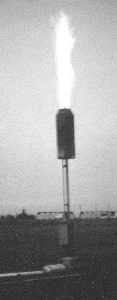
The principal gases recovered are methane (about 80%) and carbon dioxide (about 20%)
Fabrication and installation time for a Multiplate Reactor is about five months; three weeks are required for start-up. After this, the reactor can be activated instantaneously. There are no moving parts in the system. The only energy input is for pumping, automatic controls and heating the wastewater. No special safety devices are needed to operate the reactor. Operation is fully automatic and requires the presence of a technician, qualified in water treatment, for about four hours per day. Operating limits of the reactor must be observed at all times.
Costs
The reactor’s purchase price is $400,000 for a system with a treatment capacity of 500 kg COD/day. Operating costs are $80 per day. Annual costs for chemical products (nutrients or neutralizing agents) which need to be added occasionally are in the range $16-24,000.
Additional information
Multiplate Reactor technology was developed in Québec by SNC Research Corporation and the École polytechnique de Montréal. Funding of two million dollars was provided over a 5-year period by Industry, Science and Technology Canada, the Centre québécois de valorisation de la biomasse and the National Research Council of Canada. An industrial-scale demonstration unit is now operating on an agro-industry site at Chambord, in Québec’s Lac St. Jean region. SNC-Lavalin holds the license for this technology.
Société de recherche SNC inc.
M. Béchara Safi, président
Place Félix-Martin
455 René Lévesque Ouest
Montréal, Québec, H2Z 1Z3
Phone : (514) 866-6635
Fax : (514) 866-0600
Email : safib@snc-lavalin.com
Web site : http://www.snc-lavalin.com
